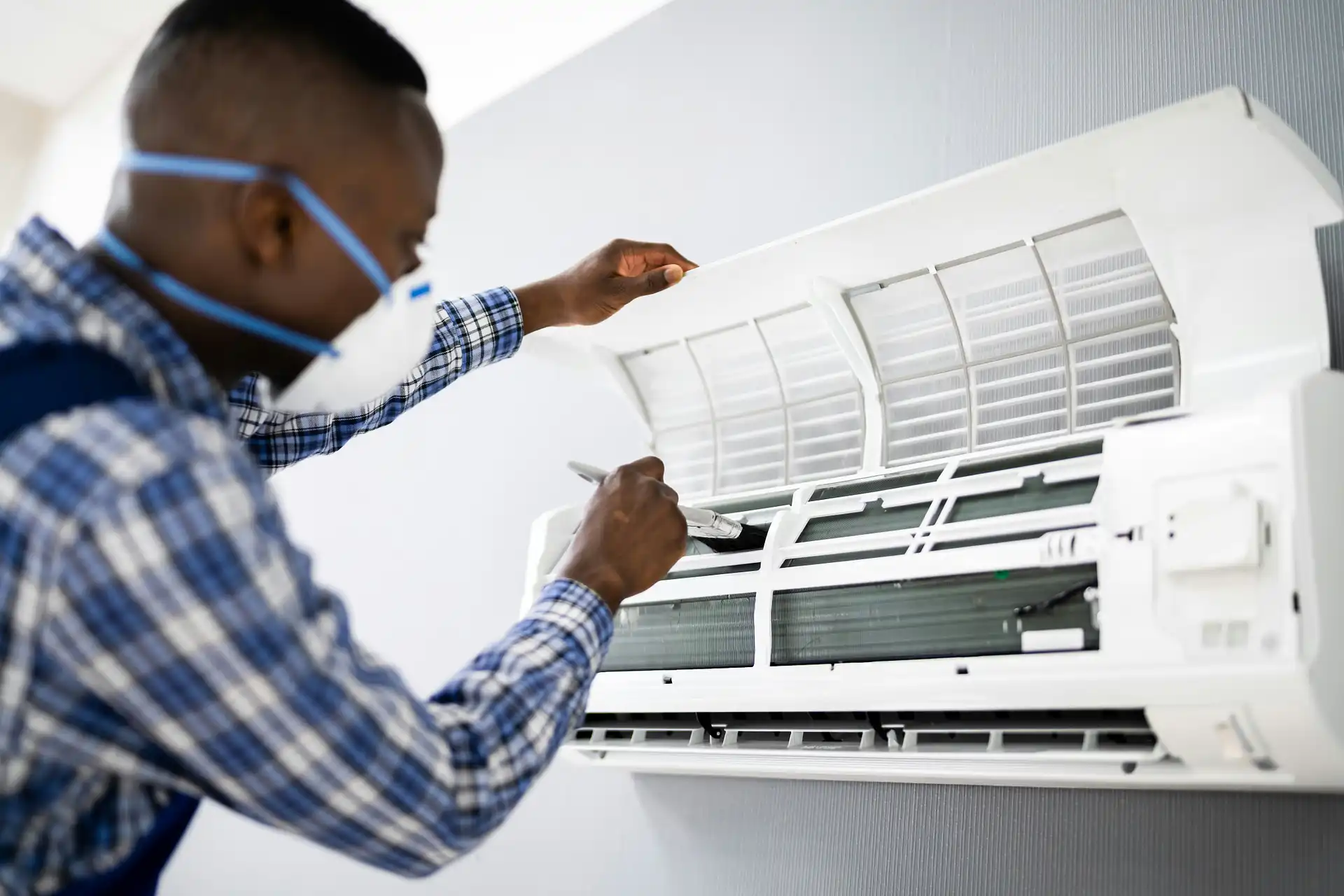Growing an HVAC business often feels overwhelming because there are many moving parts to manage at once.
Some owners focus heavily on marketing, while others focus on hiring, equipment, or day-to-day operations.
In reality, long term growth comes from improving how your business runs as a whole rather than leaning on one area alone.
This guide explains the core areas that influence sustainable HVAC growth and shows you how to strengthen each one.
1. Set Clear Growth Goals
Clear, realistic targets make it easier to guide your HVAC business in the right direction and avoid saying yes to work that doesn’t support your long-term goals.
Instead of making decisions based on busy weeks or sudden slowdowns, it helps to define what you want the business to look like over the next one to three years.
Once these goals are written down, you can create a more focused plan and measure progress more accurately over time.
When setting growth goals, focus on creating targets you can act on and track consistently:
- Define the future state of your business: Describe how you want the business to operate in one to three years, including the size of your team, the type of work you want to prioritize, and the level of service you want to deliver. Writing this out provides direction and makes it easier to choose strategies that support your vision.
- Write down the financial outcomes you want to reach: Clarify how much you want the business to earn and how much you want to pay yourself as the owner. This gives you a practical target to plan for rather than trying to “grow” without a clear destination.
- Review whether your current operations can support your goals: Look at your staffing, scheduling, and workflow to see if your business can realistically handle the level of work you’re aiming for. If your current capacity is limited, you may need to focus on efficiency improvements before trying to increase demand.
- Identify what must change to reach your goals: Decide whether you need to improve efficiency, raise prices, adjust your service mix, or strengthen training and processes. Clear goals make these decisions easier, because each change is tied to a defined outcome.
- Use your goals to guide priorities throughout the year: Revisit them regularly so you can adjust your strategy based on performance, market conditions, and team capacity. This keeps your decisions grounded and prevents you from reacting only to short-term pressures.
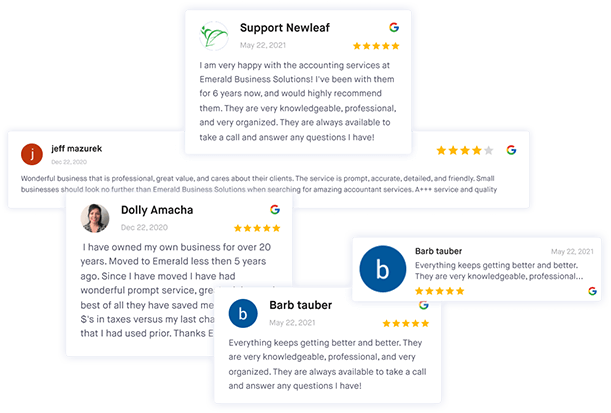
Improve your online reputation
Use ReviewsOnMyWebsite to manage and improve your HVAC business's online reputation with ease.
2. Define Your Target Customers and Services
Choosing a clear target customer and set of services makes your marketing and operations much more effective.
When you try to be everything to everyone, it becomes harder to train staff, standardize pricing, and explain what you do in simple terms.
Instead, focus on the customers and jobs that are most profitable and repeatable for your team.
Start by looking at your last few months of work. Identify which types of calls brought in the most revenue with the least stress.
Ask questions like:
- Are residential change-outs more profitable for you than small light commercial repairs?
- Are certain neighborhoods easier to serve because of distance or parking?
- Are there specific equipment brands your team is especially efficient with?
Once you see patterns, write a short positioning statement such as “We help homeowners in [city] with fast, reliable repairs and high-efficiency replacements.”
Use this language on your website, in your estimates, and in any marketing materials. You can still accept other jobs if they make sense, but your main systems and messaging should be built around a clearly defined core customer and service mix.
3. Improve Operational Efficiency
Stronger internal processes make it possible to handle more work without lowering quality or overwhelming your team.
When jobs are inconsistent or details are missed, increased demand only adds stress and creates more opportunities for mistakes.
Clear workflows help you deliver a predictable experience for customers and make it easier to train new technicians as your business grows.
To strengthen your operational efficiency, focus on improving the core parts of your workflow:
- Map the full customer journey: Write down every step from the first contact to job completion and follow-up, including who owns each step. This gives you a clear view of where delays or gaps are happening.
- Identify recurring problems in your workflow: Look for issues such as double booking, unclear notes, or delays in sending invoices. These problems usually signal that your current process is either unclear or too manual to scale.
- Create job checklists for technicians: Outline what each technician should do on every visit, including documentation, photos, and basic customer service steps. Checklists lower the chance of mistakes and help new hires get up to speed faster.
- Review and update your processes regularly: Set time aside each quarter to look at where jobs slow down or get stuck. Continuous improvements prevent small issues from turning into bigger operational challenges as you grow.
4. Build a High-Performing HVAC Team
A reliable, well-trained team is one of the strongest assets you can build as you grow your HVAC business.
Even if you’re skilled and hands-on, long-term growth depends on having people you can trust to deliver consistent work and communicate well with customers.
The more clearly you define the roles, expectations, and systems your team uses, the easier it becomes to grow without sacrificing quality.
When strengthening your team, focus on the areas that have the biggest impact on performance and customer experience:
Define the roles your business needs
Start by identifying the roles you expect to need over the next one to three years, such as lead technicians, junior technicians, installers, comfort advisors, and customer service representatives.
Clear roles prevent overlap and make hiring decisions easier as demand increases. Write a brief description for each position so you know exactly what skills and behaviors you need. This clarity also helps new hires understand expectations from day one.
Provide ongoing technical and soft skills training
Technical training ensures technicians can diagnose and repair systems safely and accurately, which reduces callbacks and improves efficiency.
Soft skills training covers communication, professionalism, and how to create a positive experience during each visit.
Use simple performance incentives to reinforce key behaviors
Incentives work best when they’re tied to specific, measurable behaviors such as selling maintenance plans, gathering reviews, or reducing repeat visits.
The goal is not to create pressure, but to reward actions that support growth and customer satisfaction. Incentives don’t need to be large to be effective, but they should be consistent so your team understands what earns recognition.
Over time, these incentives shape habits that improve both revenue and service quality.
Add staff when demand consistently exceeds capacity
If you’re routinely booked out more than a week during busy seasons, it may signal that your current team cannot keep up with demand.
Long wait times can frustrate customers and push them toward competitors with faster availability. Adding a technician or support staff member allows you to take on more work without overloading your existing team.
This helps you maintain quality and keeps your scheduling flexible as you continue to grow.
5. Strengthen Your Local Online Presence
A strong local online presence helps customers find you and feel confident calling you for service. Most homeowners begin their search online, compare a few companies, and choose the one that looks the most credible and responsive.
This means your website and local listings need to be complete, accurate, and easy to understand. Since 35% of small businesses update their website monthly and 31% update it weekly, it’s likely that your competitors are improving their online presence regularly.
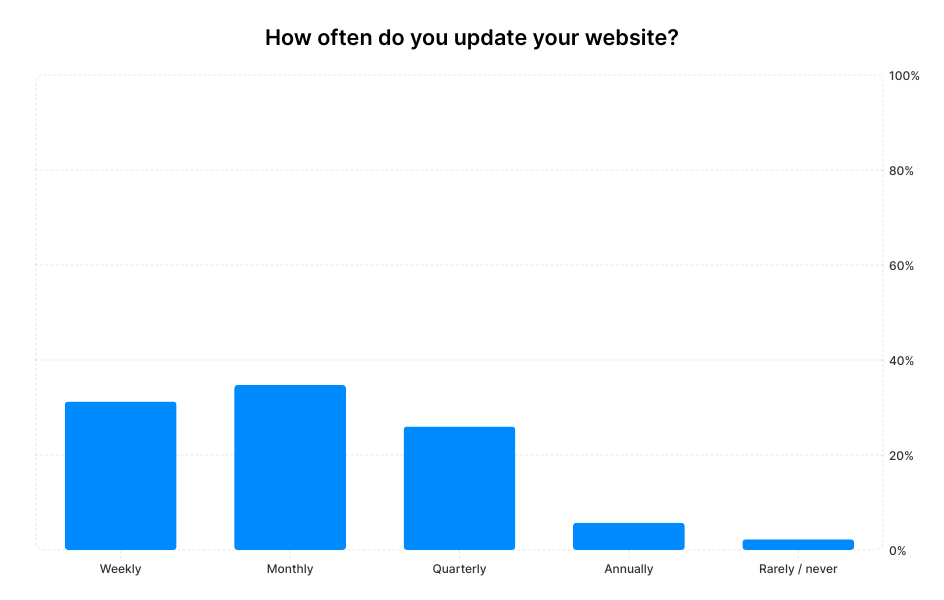
To strengthen your visibility in local search, focus on creating a clear website and an accurate Google Business Profile:
Build a website that explains your services clearly
Your website should make it easy for customers to understand what you do and which areas you serve.
Include a simple description of your core services and add separate pages for repairs, installations, and maintenance so customers can find what they need quickly.
Make your phone number and contact options easy to see, and consider adding online booking if you have scheduling tools to support it.
A clear website reduces confusion and helps customers choose you with confidence.
Add service pages that match what customers search for
Homeowners often search for specific problems such as AC repair, furnace repair, or system replacement. Dedicated pages for each service help your business appear for these searches and give customers a better understanding of what you offer.
Each page should explain what the service involves, when customers might need it, and what they can expect during a visit. This structure also helps search engines connect your website to relevant local searches.
Explain your process so customers know what to expect
A brief overview of your process helps reduce uncertainty and builds trust before the first call. Describe how scheduling works, what happens during the visit, and how you handle quotes or follow-up.
Customers appreciate knowing what will happen when a technician arrives at their home. This simple addition often increases inquiries because it removes common concerns about service visits.
Claim and optimize your Google Business Profile
Your Google Business Profile controls how your business shows up in Google Search and Google Maps, which is where many customers decide who to call.
Make sure your name, address, phone number, hours, and primary category are accurate, and upload photos of your team, trucks, and recent jobs. Keeping this profile updated monthly helps you stay competitive and ensures customers see current information.
Over time, a complete and active profile makes it easier for homeowners to find you when they need help.
6. Develop a System for Generating and Managing Reviews
A consistent review system turns satisfied customers into an ongoing source of new business.
Online reviews help homeowners decide who to trust, especially when they compare multiple HVAC companies before calling.
Since 92.5% of buyers have read an online review in the past year and 86.2% of consumers use Google to look up reviews of businesses, every completed job becomes an opportunity to strengthen your reputation.

Building a simple, repeatable workflow ensures reviews and referrals are not left to chance.
To build a reliable system, focus on the steps that make reviews and referrals easy for customers and manageable for your team:
Make review requests part of every job
Customers are most willing to leave a review immediately after a positive service experience. Technicians can ask for a review on site, provide a direct link, and explain how much it helps the business.
Follow this with a short text or email once the job is closed so the customer can leave a review at a convenient time. This is important because 52% of businesses say customers forgetting is the biggest obstacle to getting more reviews.
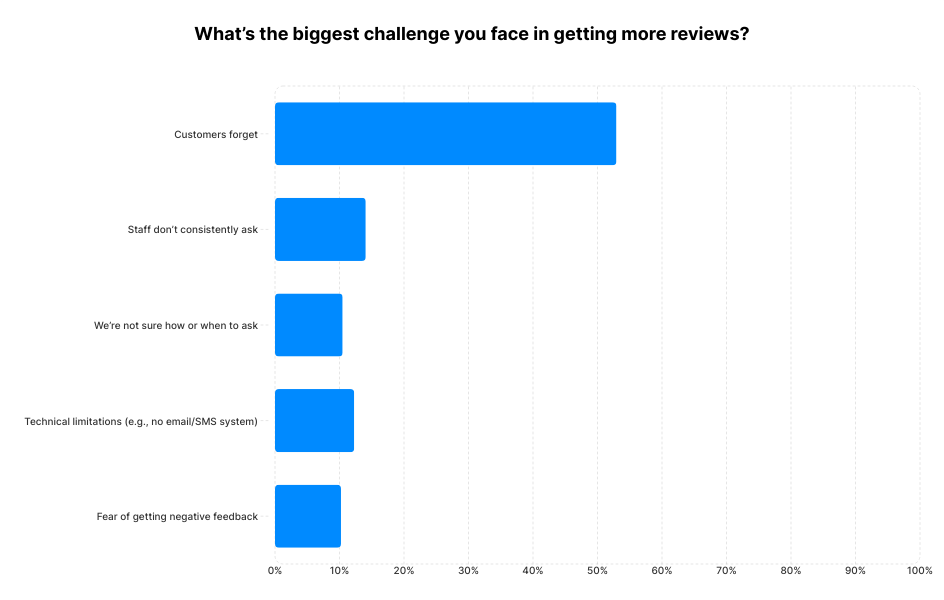
Pro tip: You can use our free Google review link generator to create a review link to share with customers.
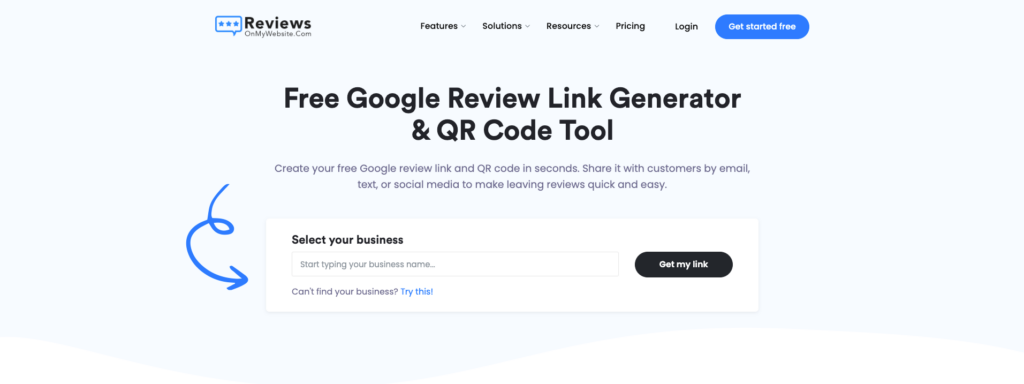
Use automated follow-up messages to increase consistency
Automation ensures review requests go out even during busy seasons when manual follow-ups get missed. Automated systems can send a reminder one to two days after the job and again a few days later if no review is left.
Consistent follow-up increases your overall review volume and helps newer customers see up-to-date feedback.
Pro tip: Use ReviewsOnMyWebsite to set up automated email and SMS review request sequences and ensure every customer gets asked to leave a review.

Improve your online reputation
Use ReviewsOnMyWebsite to manage and improve your HVAC business's online reputation with ease.
Display reviews prominently on your website
Many homeowners want reassurance that others in their area trust your business before committing to a service call. Adding reviews to your home page, service pages, and quote request pages gives customers visible proof of your quality.
This matters because 43% of buyers read between four and six reviews, and nearly a third read seven or more before making a decision. Making reviews easy to find reduces hesitation and increases inquiries.
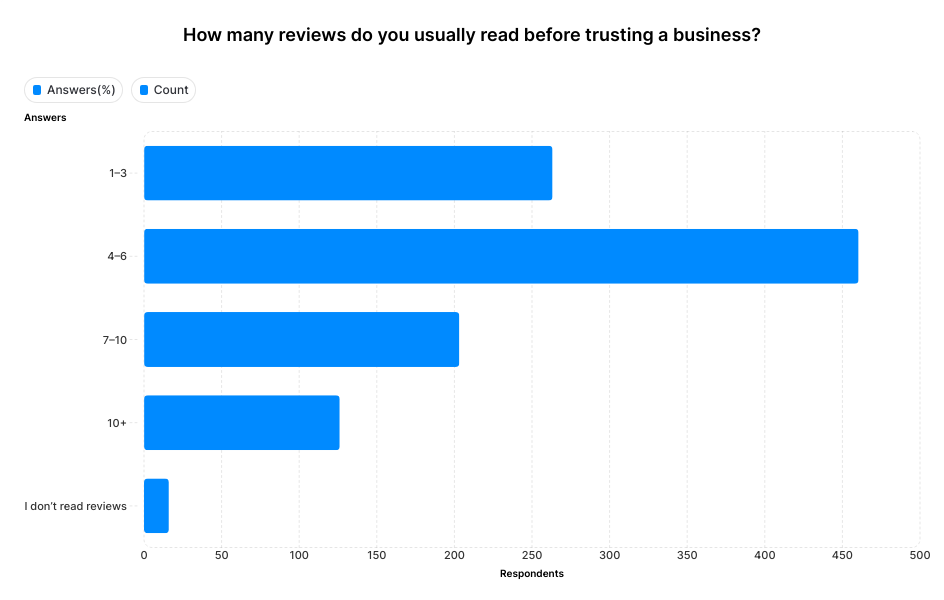
You can easily display your top customer reviews on your site using ReviewsOnMyWebsite’s review widget. All you need to do is add a short snippet of code to your site.
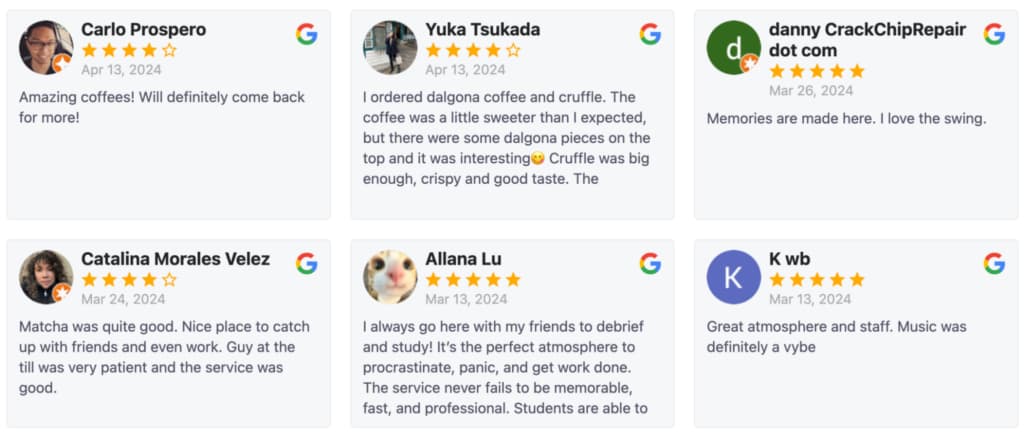
Respond to reviews in a timely and professional way
How you respond matters as much as what customers write. Research shows that 78% of buyers say thoughtful responses to negative reviews make them more likely to trust a business.
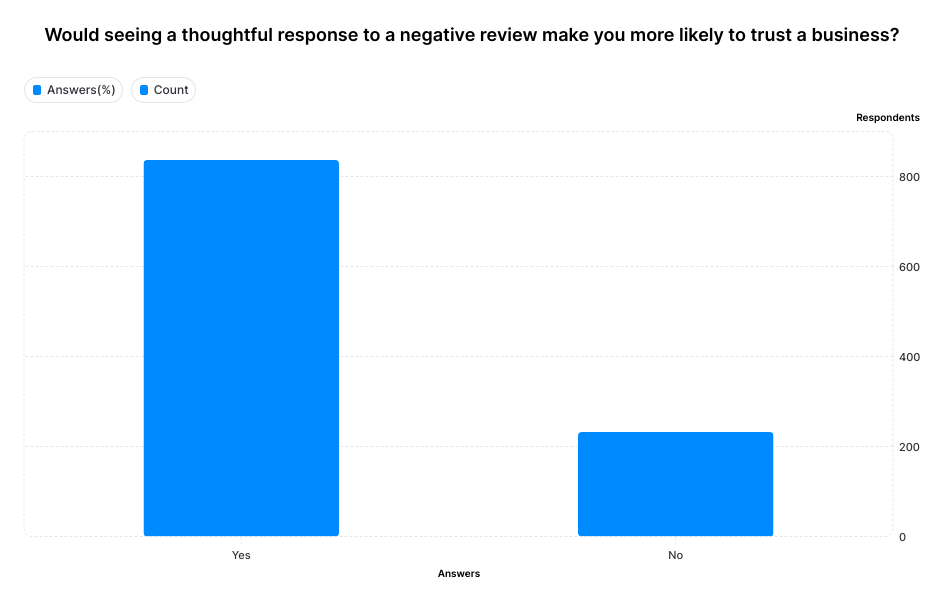
Aim to respond to both positive and negative feedback within one to three days, which aligns with what 70% of consumers expect. Short, respectful replies show customers that you pay attention and take service seriously.
Share strong reviews to keep your business visible
Turning standout reviews into social posts helps more people see them, including homeowners who are not actively searching for HVAC services yet.
Sharing recent feedback on platforms like Facebook or Instagram reinforces that customers in your area trust your work.
This approach works especially well in local markets where word of mouth, community groups, and neighborhood visibility play a significant role in choosing a contractor.
Pro tip: You can use ReviewsOnMyWebsite’s social sharing feature to turn your reviews into engaging social media posts in a couple of clicks.
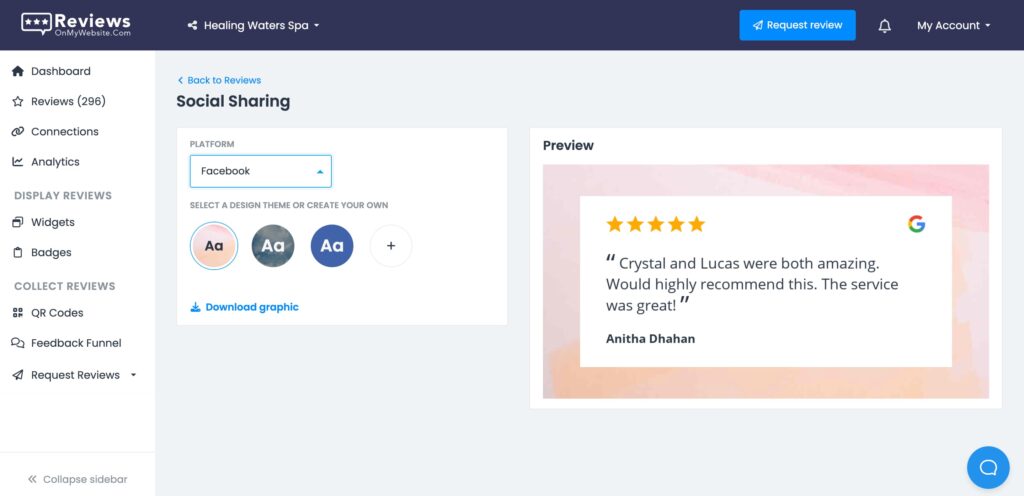
7. Use Paid and Seasonal Marketing Campaigns
Paid and seasonal campaigns help you stay active during slower months and capture more work when demand increases. HVAC demand naturally rises and falls throughout the year, so spreading your budget evenly often leads to missed opportunities.
Aligning your campaigns with seasonal patterns makes your marketing more efficient and helps you reach customers when they’re already thinking about heating or cooling services.
To use paid and seasonal campaigns effectively, focus on the actions that produce predictable results:
- Choose one or two paid channels to start: Google Ads, Local Services Ads, and social media ads are the most common choices for HVAC businesses. Starting small helps you learn what works in your area before increasing your budget.
- Create campaigns around specific seasonal services: Homeowners respond better when your message matches what they need at that moment. For example, AC tune-ups in spring or furnace safety checks in fall help your ads feel more relevant and increase engagement.
- Use time-bound offers to encourage quick action: Limited-time discounts or pre-season maintenance specials give customers a reason to schedule sooner rather than waiting. Clear deadlines also help you manage your schedule by spreading demand more evenly.
- Set a comfortable monthly budget and test before scaling: Begin with a small spend to see how many calls, forms, or booked jobs each campaign generates. Once you identify a channel that performs well, you can gradually shift more of your budget there.
- Track campaign performance and adjust regularly: Monitor which ads bring in the most jobs and which ones are less effective. Seasonal patterns change, so reviewing your results helps you avoid wasting money on periods with low demand.
- Plan your marketing calendar ahead of each season: Look at upcoming weather patterns, school schedules, and utility rate changes in your area. Planning quarterly makes it easier to prepare the right offers and ensures your ads go live when demand is highest.
8. Plan for Slow Season Growth
Using slow periods intentionally can make your business stronger for the next busy season instead of simply waiting for the phone to ring.
Every HVAC business experiences quieter months. Instead of viewing these as wasted time, plan specific projects and campaigns that can only be done when the schedule is lighter. This can include outreach to existing customers, system improvements, and staff training.
Slow season is also a good time to put new tools and processes in place, such as review management or updated checklists.
Focus first on your current customer base. Send targeted reminders for overdue maintenance, promote early-bird tune-up specials, or offer limited discounts on off-season installations. Many customers intend to book these services but forget, and consistent reminders can help them act.
Internally, schedule training sessions on both technical topics and customer service. Review your website content, estimates, and follow-up emails and update anything that feels outdated or unclear.

Improve your online reputation
Use ReviewsOnMyWebsite to manage and improve your HVAC business's online reputation with ease.
HVAC Business Growth Checklist
We've prepared a simple, practical checklist you can use to stay organized as you work through these ideas. It covers everything you need to start growing your HVAC business.
You can use it to track progress, spot gaps, and stay focused on the activities that actually move your business forward.
Download it, print it, or share it with your team so everyone works from the same playbook.
Frequently Asked Questions About Growing an HVAC Business
How to grow an HVAC business during the slow season?
Growing an HVAC business during the slow season starts with staying visible to your existing customers through maintenance reminders, early tune-up offers, and off-season installation discounts.
Focus on communicating through email, text, and direct calls so customers think of you before competitors. Use slower weeks to improve training, processes, and your online presence so demand rebounds faster when the season changes.
What makes the most money in HVAC?
The most profitable work in HVAC typically comes from system replacements, high-value add-ons, and recurring maintenance agreements.
Replacement jobs often have larger ticket sizes, while add-ons like indoor air quality products or duct improvements increase revenue with minimal extra time. Maintenance plans create predictable income and often lead to future replacement opportunities.
Can HVAC make $100,000 a year?
Both HVAC business owners and experienced technicians can earn $100,000 or more per year, depending on their market and the structure of the business.
Owners reach this level by managing a team, pricing correctly, and controlling overhead. Technicians earn more by combining strong technical skills with clear communication and the ability to present options that fit customer needs.
What is a good profit margin for an HVAC business?
A good profit margin for an HVAC business is one that covers all expenses, supports owner pay, and leaves room for reinvestment. Many successful service businesses aim for a healthy double-digit net margin to stay protected during slow periods.
Improving pricing, reducing inefficiencies, and monitoring job performance can help strengthen margins over time.
How can I get more HVAC leads?
You can get more HVAC leads by making it easy for local customers to find and trust your business. Keep your website and local listings accurate, highlight your service area, and maintain a strong review profile.
Pair this foundation with seasonal campaigns, such as search ads for AC repairs before summer or furnace tune-ups in fall, to reach customers when demand is highest.
Keep Improving Your HVAC Growth Strategy
Growing an HVAC business is an ongoing process that involves steady improvements rather than one big change. You don’t need to implement every strategy at once.
Start by clarifying your numbers and creating a simple plan that fits your current size and market. Then choose one or two areas to focus on, such as improving your online presence, building a better review system, or introducing service plans.
As those areas start to show results, you can move on to optimizing your sales process, training your team, or refining your seasonal marketing campaigns.
Set a recurring time on your calendar, such as once per month or once per quarter, to review your metrics, discuss what’s working with your team, and decide on the next small improvement.
When you treat growth as a series of manageable steps, you can build an HVAC business that is more predictable, more profitable, and easier to run year after year.
